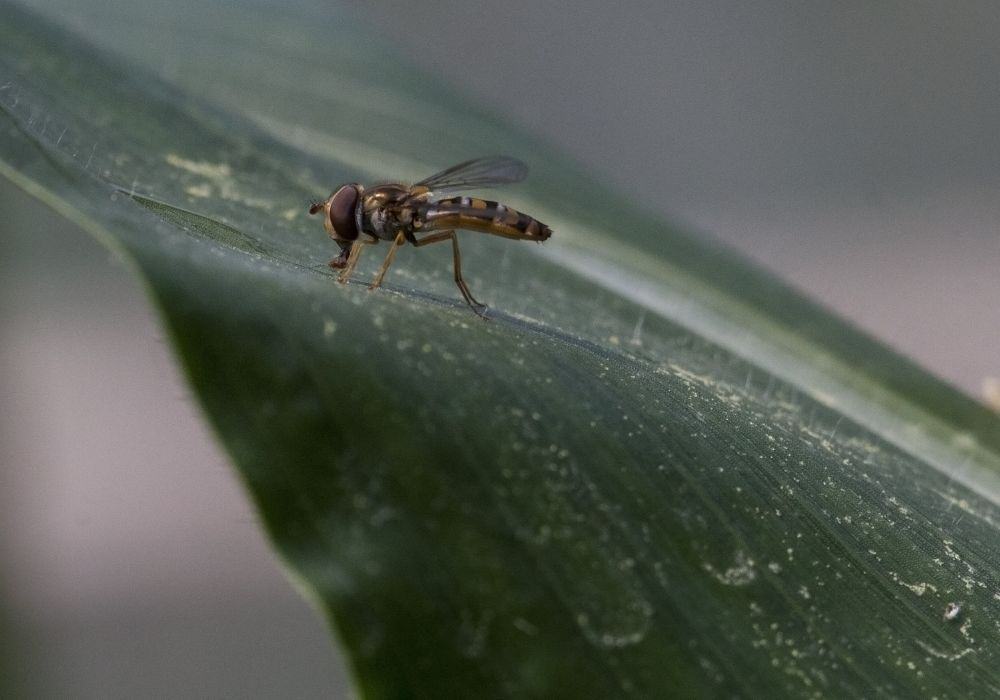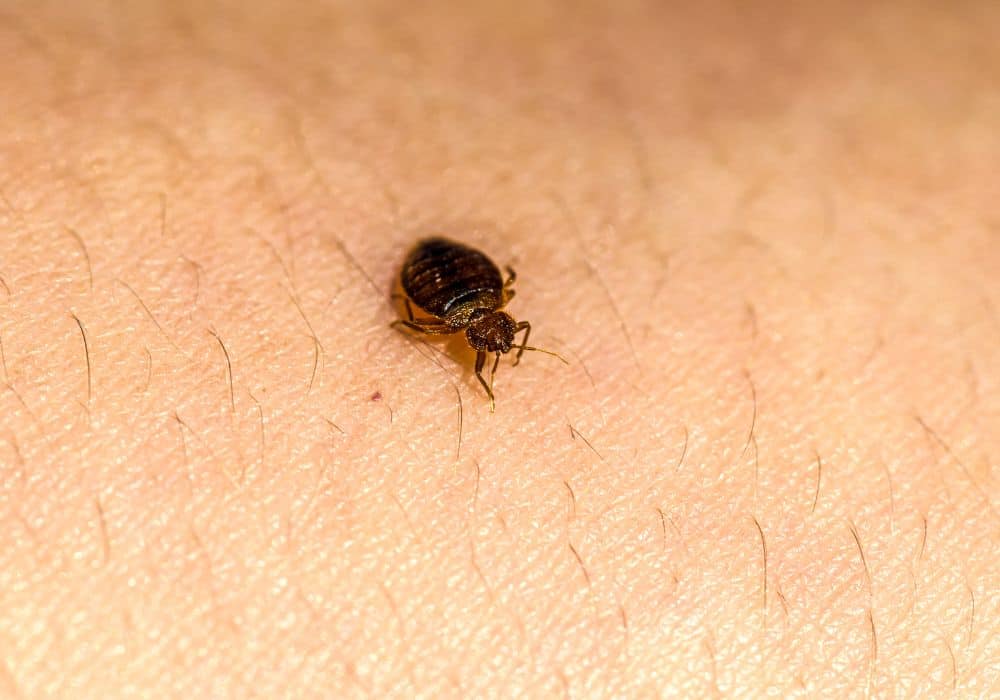If you are here, the chances are that you are interested in common house bugs in South Dakota! And let me tell you, many insects and wildlife like to crawl into our home and make it theirs!
Learning about common insects in South Dakota can help you with gardening, lawn care, and home protection- it is better to know what you may be up against so you can take appropriate steps to protect yourself and your home!
Let’s go through the list of common pests!
Common House Bugs in South Dakota
1. Cockroach
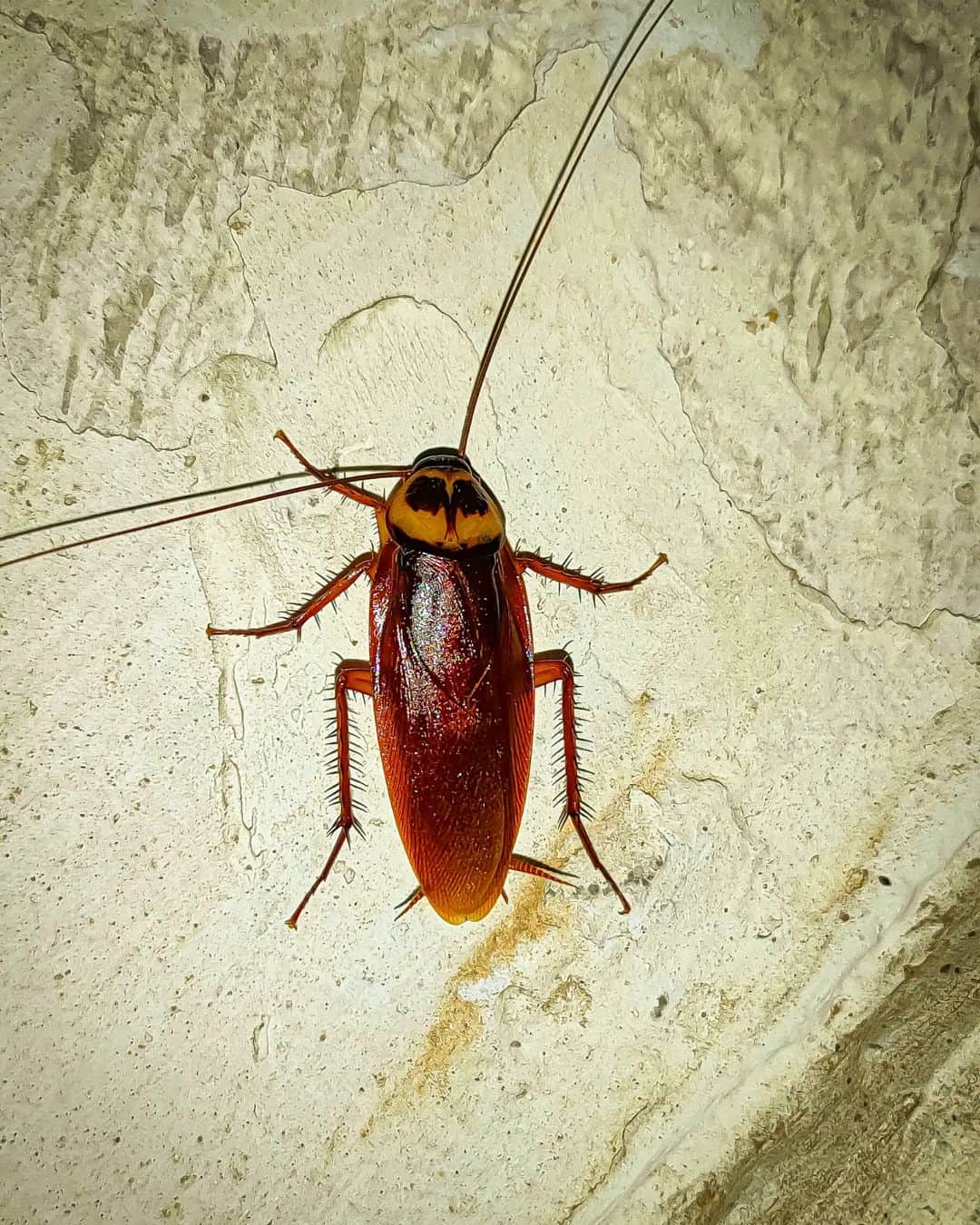
Image Credit: itsmrhemant
Let’s start the list with one of the most hated house insects in the world! Cockroaches belong to the Bllatodea order, and there are more than 4,600 species of cockroaches.
The most common species of roaches in South Dakota include German cockroaches, Oriental cockroaches, and American cockroaches.
The American cockroach, or Periplaneta americana, is one of the largest species, while second in place is the Oriental cockroach, or Blatta orientalis. The smallest of the mentioned-above roaches is the German cockroach or Blattella germanica.
Why are roaches an issue? Roaches are known to carry various bacteria, and they leave droppings and urine wherever they go. The urine and its droppings can contain viruses, contaminating working surfaces and food supplies.
That is why keeping your house clean and pest-free is paramount. However, that is now always possible, and sometimes these pests find a way to live in your house without you knowing.
They like damp areas in the house, such as behind the fridge, under the sink, cabinets, and drawers. The best way to keep roaches away from your home is to keep good hygiene; do not leave any spills and food residue behind because it attracts them.
Fun fact: Roaches are very fast and can run up to 3 miles per hour.
2. Bed bugs
Bed bugs are a common pest across the US that likes to ruin our furniture! These tiny oval-shaped, flat, wingless parasitic insects feed on human and animal blood. They are usually found in the seams of sofas, mattresses, various cracks, headboards, box springs, and many other areas.
Obviously, they are attracted to your home because they have a food and water source. They usually bite/feed at night, leaving a couple of round, red spots on the host. The bites are not dangerous in most cases, although they can lead to an infection.
The biggest issues with bed bugs seem to be anxiety, stress, and discomfort, which is logical because nobody likes to sleep with bugs!
Bed bugs are usually carried or transmitted- they attach to various clothing items and travel to other areas! You can recognize a bed bug infestation if you spot small round fecal matter on your mattress or sofa!
3. Beetles

Image Credit: helminghamwildman
There are various species of beetles in South Dakota, around 180, according to the BeetleIdentification.org database, although the most commonly seen ones are Ant-like Longhorn beetle, weevils, and carpet beetles.
Beetles are easy to recognize. They have wide heads and appear to have armor or a sturdy exoskeleton. Furthermore, just like ants, they are usually red or black in color, although sometimes they can have a pattern on their wings.
In their natural habitat, they stay in woods, plants, shrubs, and deciduous trees. Beetles like to feed on grains, flour, and packaged foods and start infesting homes in winter as they seek a warm shelter to hide with a food source.
They also favor damp conditions; if you have roof leaks and plumbing problems that may be an open invitation for them.
Beetles do not bite or sting, but if they infest your home, they can be a nuisance, and nobody likes seeing many insects in various areas!
4. Mosquitoes
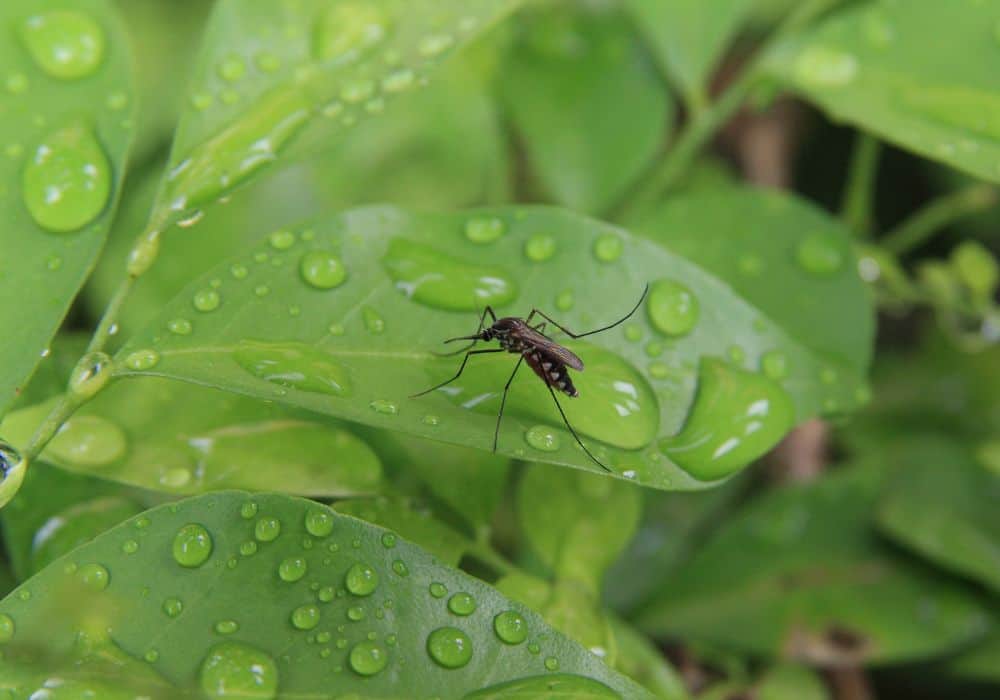
Mosquitoes are known as carriers of various life-threatening diseases, including Malaria, and have an infamous reputation for a reason! Since South Dakota has a humid continental climate in the east, mosquitoes are unavoidable.
They like moisture, so you can find them around swamps, where they also lay their eggs. Mosquitoes like to stay in shady, damp areas in our homes and wait for nightfall to find potential victims.
These nocturnal pests bite, and in addition to transmitting viruses, the bites tend to swell and itch. Besides blood, they also feed on flower nectar, and females are more dangerous than males.
Why? Only females bite; you can recognize them by their size, as they are larger than males. If you often deal with mosquitoes, find a good repellent and install a mosquito net on your windows!
5 . Centipedes and Millipedes
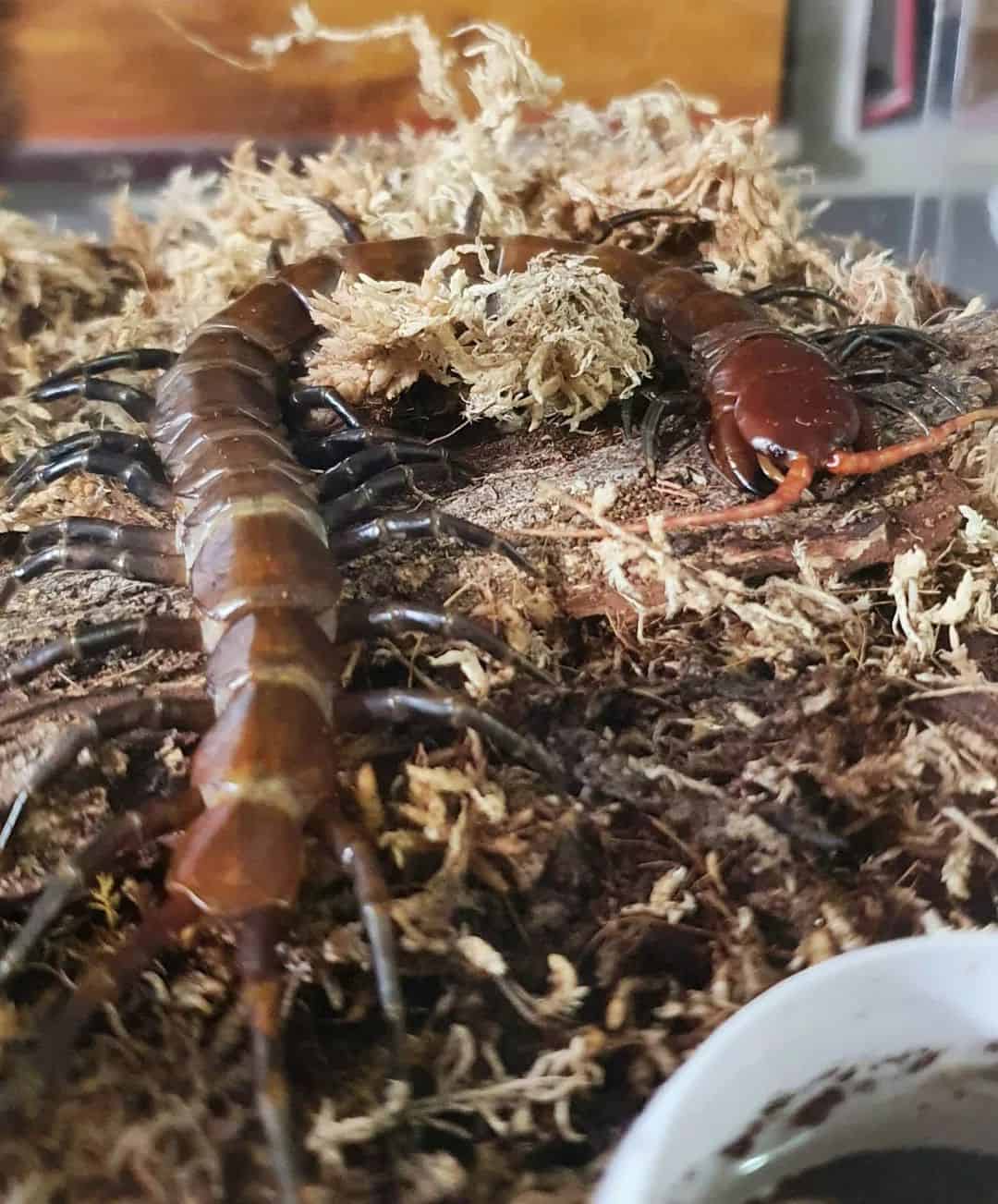
Image Credit: venom_lair
Other common and very unpleasant home pests are centipedes and millipedes! Contrary to popular opinion, these are not insects- they are arthropods related to insects.
Both centipedes and millipedes look the same, so people often confuse them. These are elongated metameric creatures with one pair of legs on each body segment.
On the other hand, millipedes are cylindrical and slightly flattened, with two pairs of legs on their body segments. Although these arthropods rarely enter homes, they are often found in sheds, garages, and humid areas.
Centipedes are primarily carnivores, while millipedes are herbivores. When it comes to removing them from your garage or shed, we suggest you leave that to the professional because all species of centipedes are venomous, and their bite is very painful.
On the other hand, millipedes do not sting or bite, but they have glands that produce various fluids that may irritate our skin.
6. Bees and Wasps
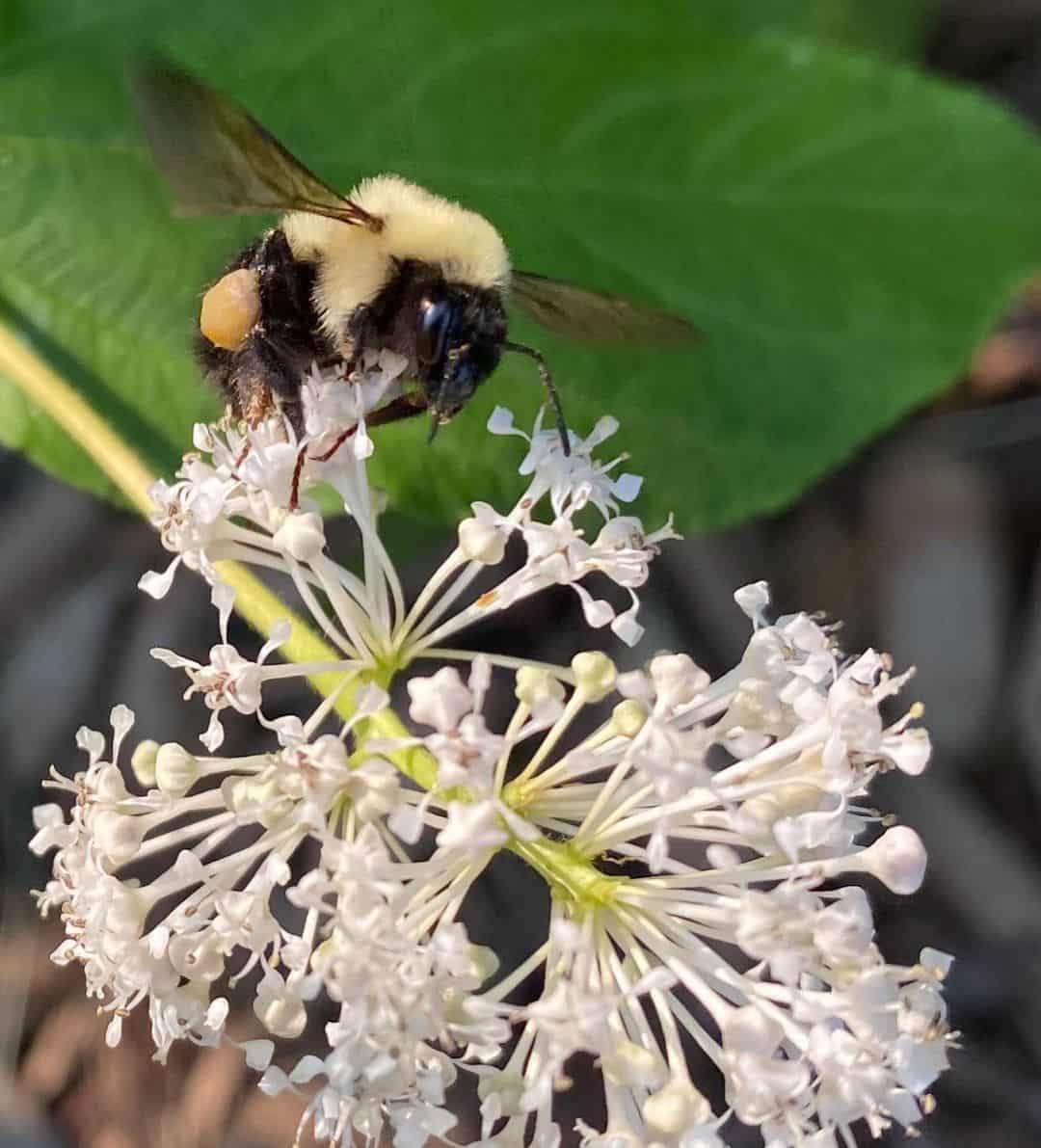
Image Credit: pansy.twist
It is safe to assume that you do not need help with the identification of bees! They are one of the most common insects buzzing around us, and the most common type of bee in South Dakota is the bumblebee.
When it comes to wasps, these are larger and more dangerous flying insects with potent venom in their stingers. Compared to bees, they are more robust and aggressive. Hence they are a bigger threat.
They like to build nests in dark and quiet places, including your garage, attic, or basement. Since many people are allergic to wasps and bees, the best way to deal with the infestation is to call pest control.
7. Ants
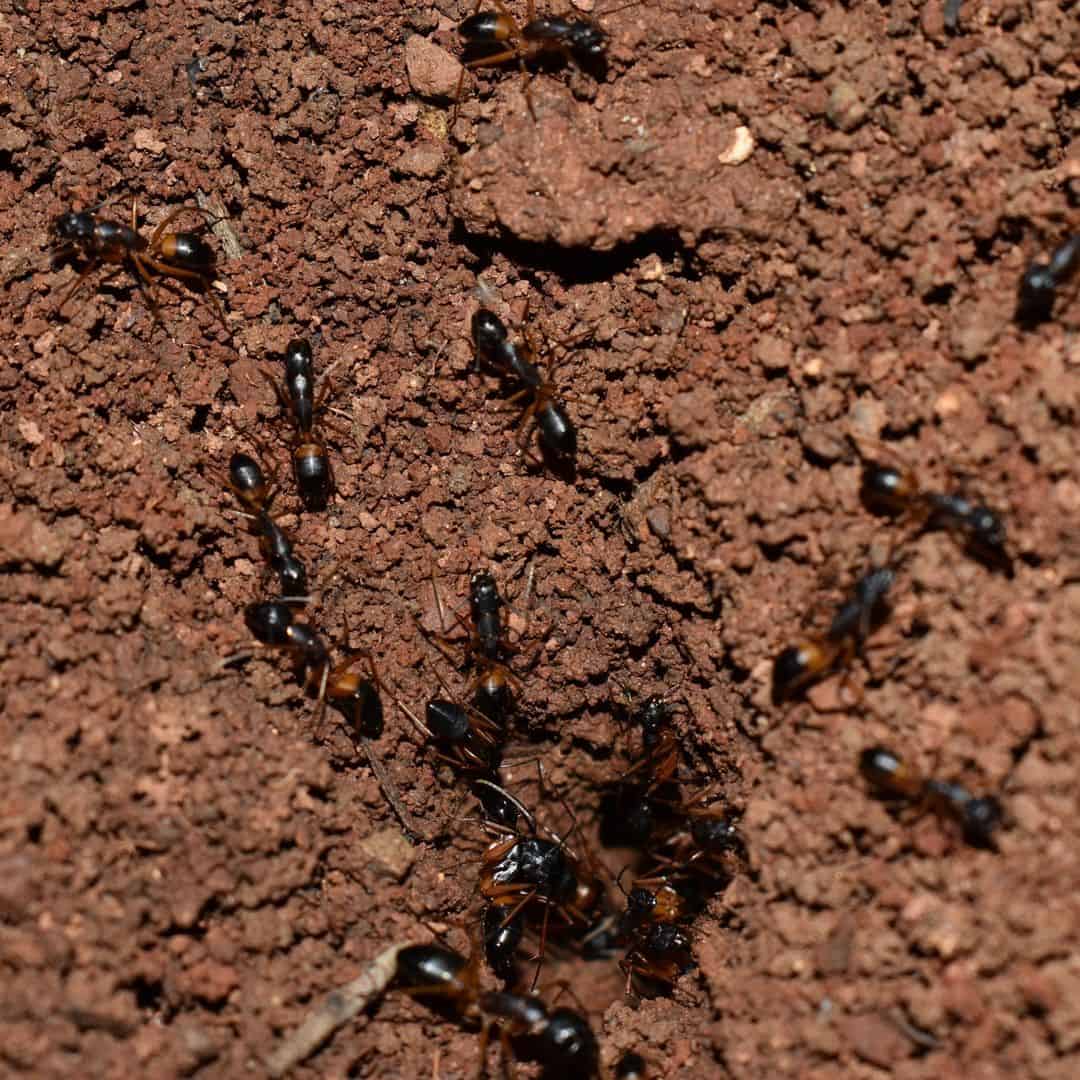
Image Credit: dillantadventures
Ants are small, usually dark in color, very strong creatures that like to destroy our pantries or furniture, depending on the species! The most problematic are the carpenter ants- which got their name due to how they build nests!
These tiny pests usually live in decaying and dying trees in their natural habitat. However, they are attracted to similar conditions in our homes, and considering that wooden items in our homes surround us, there is a possibility you may come across them.
Carpenter ants do not eat the wood, like termites; they carve it and make galleries and tunnels that they use as shelter. As they carve the wood, they weaken it, and over time, the woods start decaying and losing stability.
People often have to get rid of their furniture or replace structural elements in their homes due to these pests! Besides the carpenter ants, the second most problematic species are the black ants, but unlike their cousins, they like to destroy food supplies rather than furniture.
8. Crickets
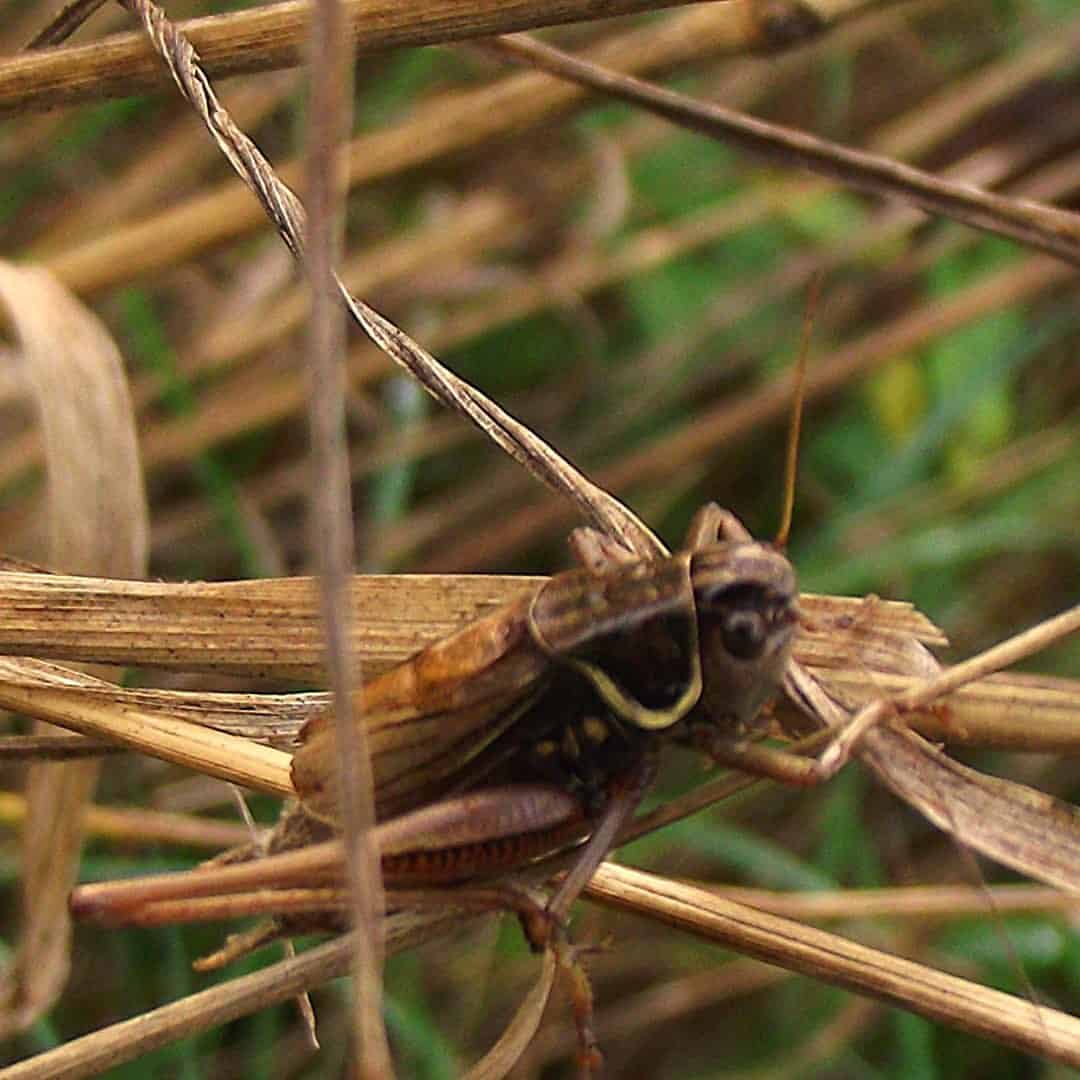
Image Credit: rcpestarkansas
Crickets are medium to small insects cylindrical in shape and are known as nuisance pests. They belong to the Orthoptera order and feed on a range of animal and herbal matter, such as larvae, aphids, flowers, seeds, leaves, fruit, and grass.
These tiny pests are attracted to moisture and are often found in garages, attics, or basements. Besides the dampness, they also like bright outdoor lights and warmth. Although crickets can be a nuisance, especially if they infest a large area, they are harmless.
However, it is not unusual for them to chew on fabrics, papers, wallpapers, and upholstered furniture.
9. Hover Fly
Hoverfly is said to be one of the most common flying insects in South Dakota! Did you know that hoverflies are crucial pollinators of flowering plants, which explains why they are called flower flies?
They are often confused for bees and wasps, and unlike these stingers, hover fly is practically completely harmless. In fact, they have a very important role in the ecosystem (pollination), although other species contribute as well.
These insects can be found in homes, although they are usually restricted to open areas. However, if you find one in your living room, it got there by mistake and will die soon if it stays in the house!
Conclusion
Now, if you want to move to South Dakota or you are planning a visit there, you know that you may encounter crickets, hoverflies, millipedes, ants, cockroaches, bed bugs, bees, wasps, and mosquitoes.
Here are the most important takeaways:
- Most common insects are harmless, but because of the few that are dangerous, it is suggested that you thread lightly while exterminating them.
- Most of them have wings and can fly.
- Most of them can be repelled using homemade solutions.
- If your house is infested with cockroaches, ants, or bed bugs, it is suggested that you call pest control.
